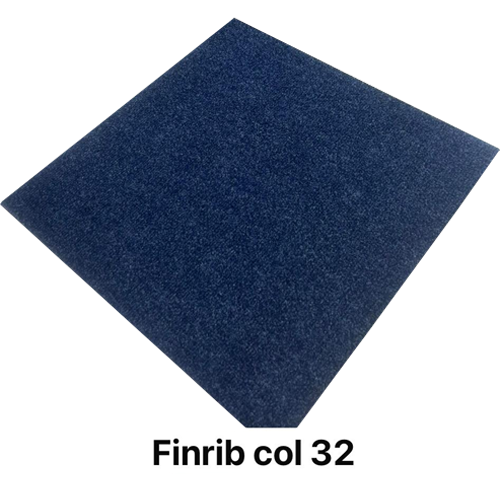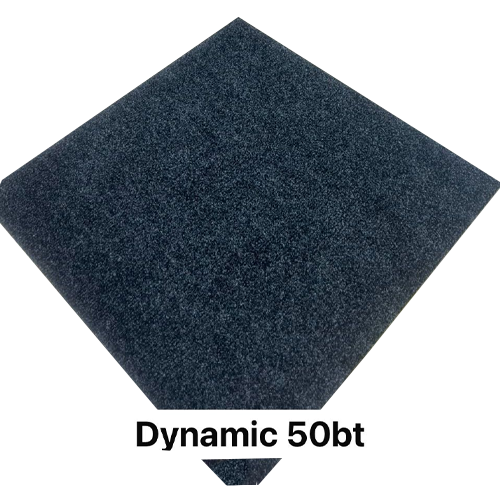Photo from Pexels
Turning a bus into a house has become a quite fashionable approach to accepting small living and a mobile way of life. This is known as a "skoolie" conversion. With the correct layout and little diligence, a regular bus may be turned into a comfortable, unique living area. This detailed guide will help you go from a bus to a house step by step.
Choosing Your Bus
Choosing a suitable vehicle is the first and most important step in starting the process of turning a bus into a house. Pay great attention to elements such as size, engine condition, and layout when you investigate the several buses for sale to make sure the bus fits your particular requirements and tastes. Conversion projects find school buses and transit buses suitable candidates as their strong structure and roomy interiors appeal. Before deciding on your purchase, though, you should carefully check the bus for any evidence of structural deterioration, mechanical problems, or corrosion that could impede your conversion. Spending the effort to choose the ideal bus lays a strong basis for building your dream house on wheels.
Planning and Preparing Your Bus
Before commencing the process of conversion, you need first to create a detailed floor plan for your transport facility. Think through your everyday demands, storage space required, and preferred conveniences. Decide where to put your bathroom, kitchen, bedroom, and living quarters. View your layout and make any changes using graph paper or digital design tools. Eliminating all the seats, floors, and any extraneous fittings comes next after you have your bus. Gutting is the process of removing all of the existing material from an object so that you may start over. Make sure you correctly dispose of any items you eliminate. Once the bus has been gutted, the inside should be given a lot of care, particularly with regard to the floor and the walls.
Insulating and Framing
Insulating and framing your bus home are two essential steps that you need to take in order to make it a pleasant housing option for you and your family. Reducing noise levels and achieving temperature control are both dependent on the utilization of proper insulation. Using either spray foam or rigid foam insulation helps you create a thermal barrier and fill any voids inside the bus. Using wood studs to build the structural structure of the interior walls, ceiling, and floor comes next once the insulation is installed. Your business will have a strong basis thanks to this structure holding your appliances and furniture and connecting your wall and ceiling panels.
Installing Utilities
Making your bus house pleasant and functioning depends critically on installing utilities. Setting up gas systems, plumbing, and electricity will help you to make sure you have the required conveniences. Start by carefully arranging outlets and light fittings across the bus to meet your requirements using electrical wire. Depending on your tastes, then address the plumbing by adding a greywater or freshwater tank, composting, or an RV toilet. Installing a well-vented propane system guarantees efficiency and safety whether you intend to use propane for heating or cooking. Careful installation of these fundamental utilities will make your bus completely livable.
Finishing Touches
Adding the little details that will make the area really your marks the last step of your bus house conversion. The first stage in the process of establishing an atmosphere that is comfortable and easy to access is the installation of the flooring material of your choosing, which might be hardwood, laminate, or vinyl. Next, attach wall and ceiling panels to achieve a polished and finished look throughout the interior. To personalize the space further, paint or stain the interior surfaces in colors that complement your desired aesthetic and reflect your unique style. Finally, bring in your carefully selected furniture, appliances, and decor to complete the transformation and make your bus feel like a true home on wheels.
Conclusion
Turning a bus into a house calls for meticulous planning, diligence, and a readiness to pick up fresh skills. Following these detailed directions and consulting seasoned skoolie converters will help you design a distinctive and customized living place on wheels. Throughout the conversion process, keep safety, utility, and comfort first to make sure your bus home satisfies your needs and offers a pleasant haven whatever your travels may go.
Author Bio: Sierra Powell

Sierra Powell graduated from the University of Oklahoma with a major in Mass Communications and a minor in Writing. When she's not writing, she loves to cook, sew, and go hiking with her dogs.























